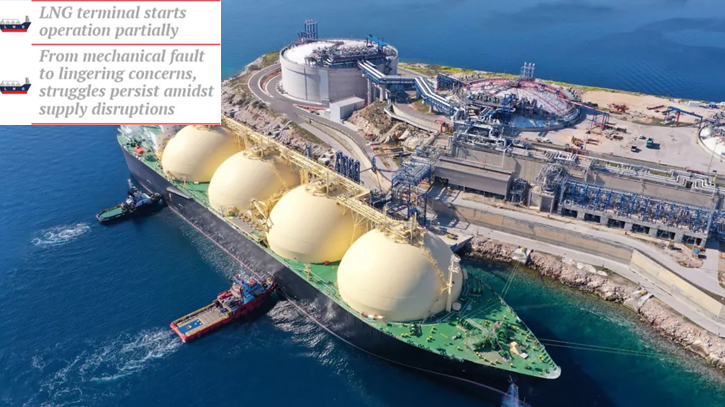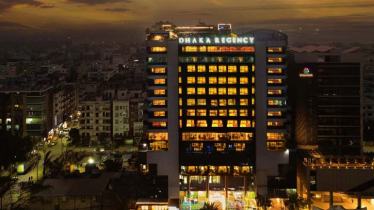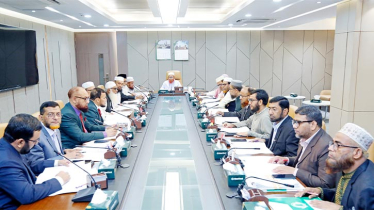
Photo : Collected
The partially launched liquefied natural gas (LNG) terminal in the Bay of Bengal brings optimism for resolving the gas crisis in Chattogram. Despite this development, concerns linger over the persistently low gas pressure in the hilly region along with some other parts of the country.
Following repairs to the floating terminal, LNG supply has commenced as a sigh of relief. Although the initial gas supply rate reached about 300 million cubic feet on Saturday morning, it's noteworthy that the terminal has the capacity to provide 500 million cubic feet.
Anticipations are high that gas supply will normalise by Saturday night, as confirmed by the Bangladesh Oil, Gas, and Mineral Resources Corporation (Petrobangla).
The gas supply disruption in the port city began around 3 a.m. on Thursday. While the flow gradually resumed in some areas by 3 p.m., consumers reported experiencing low pressure in the supply.
A mechanical fault at the floating LNG terminal in the Bay of Bengal, Maheshkhali in Cox's Bazar, led to the suspension of gas supply throughout the day on Friday. The disruption resulted in a significant reduction of 50 crore cubic feet in gas supply, triggering an acute crisis in homes and industries across the country.
Chattogram, heavily reliant on LNG for gas demand, is particularly affected as the supply has come to a complete halt.
Janendra Nath Sarkar, Chairman of Petrobangla, confirmed to the Daily Messenger that efforts are underway to partially open the terminal. However, even if it is operational, it will take time for the terminal to reach its full capacity.
Aminur Rahman, General Manager of Karnaphuli Gas Company (KGDCL), informed The Daily Messenger that gas supply came to a complete halt on Friday morning due to issues at the LNG terminal. He explained that Maheshkhali in Cox's Bazar houses two floating terminals for converting imported LNG.
The terminal operated by the US company Accelerate Energy has been closed for maintenance since November 1, and Summit's LNG terminal is also temporarily closed for renovations.
Aminur Rahman further stated, “As a consequence, the supply of LNG-derived gas was suspended throughout the day on Friday. Gas conversion slowly recommenced on Friday at 10:00 p.m. The terminal has a gas conversion capacity of 500 million cubic feet. If conditions are favourable, half of the capacity gas will be supplied early on Saturday night, and gradually, the terminal will operate at full capacity.”
Since last November, Chattogram has been experiencing consistently low gas pressure as only one converter remains operational. The situation has led to a severe gas crisis in industrial factories and business establishments. In response, owners are resorting to alternative fuels such as diesel and furnace oil, causing a surge in production costs.
Officials have expressed concern, stating that unless LNG supply is ensured through both pipelines, there is no possibility of normalising the gas situation in Chattogram before March or April. The reliance on a single converter has created challenges in meeting the increasing demand for gas in the region.
Adding to the complexity, the state minister for power, energy, and mineral resources mentioned earlier that the country has to wait until 2026 to achieve a smooth gas supply to meet demand.
Messenger/Disha








